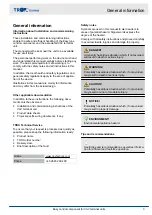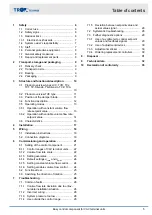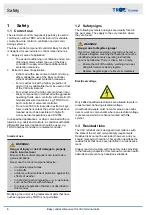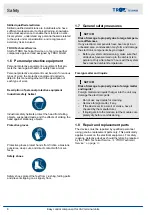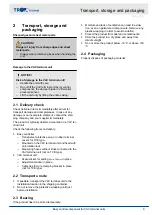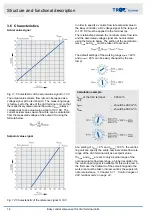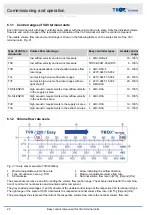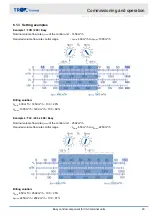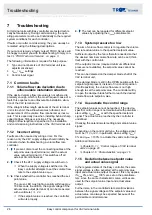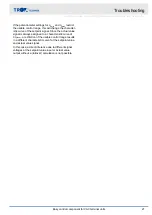
Operation with two setpoint values (min./max.
switching)
Fig. 8: Min./max. switching
1
Volume flow rate setpoint value specification (q
vmin
and q
vmax
)
2
Switch or relay for switching between q
vmin
and q
vmax
3
Actual value volume flow rate as 0–10 V DC signal,
e.g. to the central BMS
The constant values (v
min
and v
max
) set on the rotary
potentiometer can be activated alternately via volt-free
switch contacts. Switching is accomplished by switches
or relays, e. g., day/night switching.
3.5.2 Operation with variable volume flow
rate setpoint value
Fig. 9: Variable volume flow control
1
Volume flow rate limit specification (q
vmin
and q
vmax
)
2
Control signal 0–10 V DC at terminal w as setpoint
value input, e.g. from room temperature controller or
DCC outstation or similar
3
Actual value volume flow rate as 0–10 V DC signal,
e.g. to the central BMS
For the use of variable volume flow rate setpoint values,
the specification of an electrical control signal must be
made by a higher-level controller (e.g. room temperature
controller, air quality controller, central building manage-
ment system, etc.). If the input signal is changed, the
controller adjusts the volume flow rate to the new set-
point. The variable volume flow rate is limited to a min-
imum and maximum volume flow rate value,
3.6 ‘Characteristics’ on page 16
Override control
The constant or variable control can be disabled by
override controls, e.g. when the window is open, a
window switch stops ventilation of the room by closing
the damper blade.
Further application examples:
Circuits for quick ventilation (q
vmax
)
Opening the damper blade
Structure and functional description
Operating modes > Operation with variable volume flow rate setpo...
Easy control component for VAV terminal units
14



